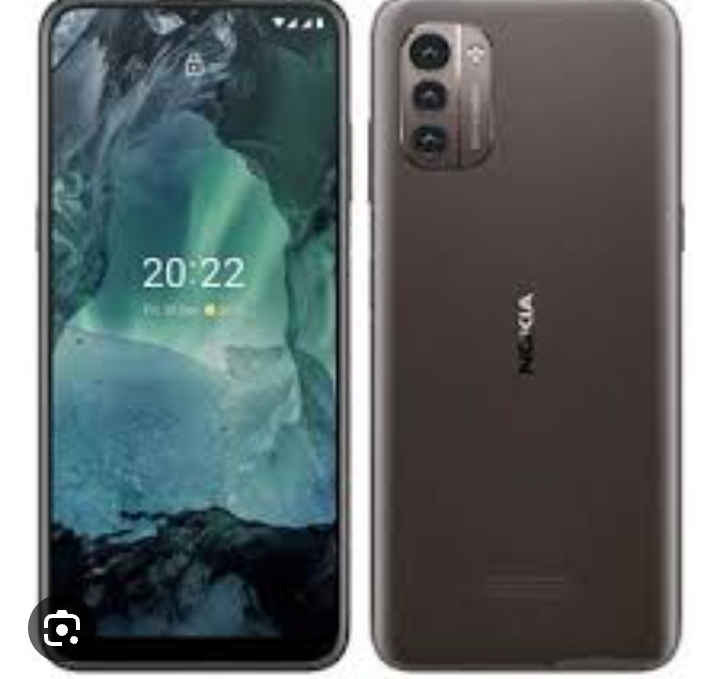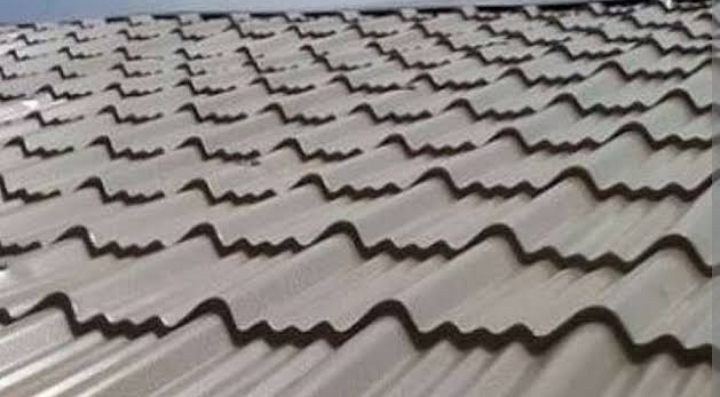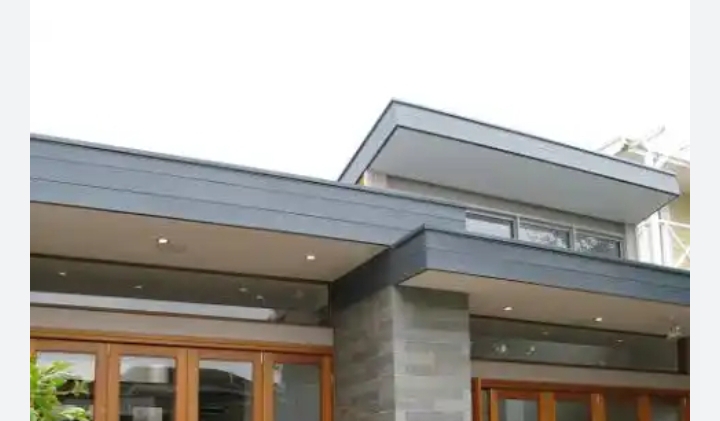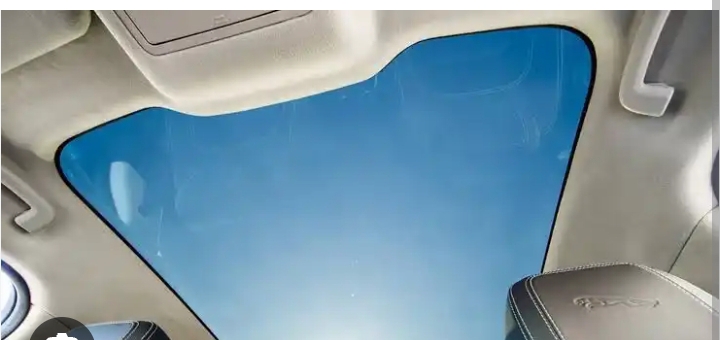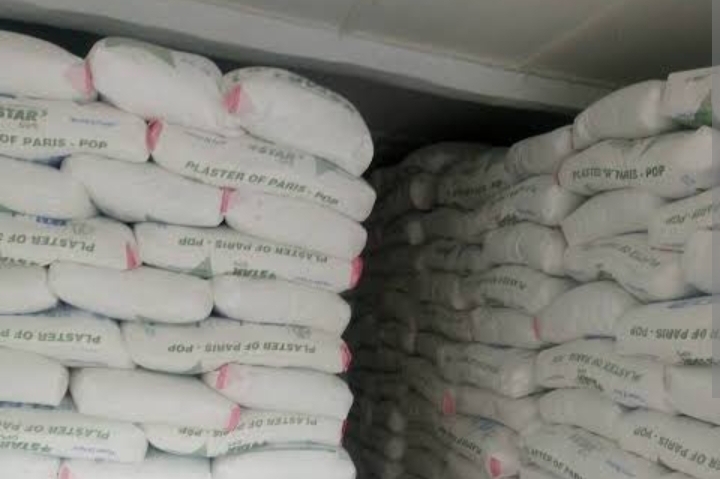Step Tiles Roofing Sheets price in Nigeria
What are Step Tiles Roofing Sheets?
Step Tiles Roofing Sheets are a popular roofing material known for their distinctive design and exceptional durability.
They are primarily used in residential, commercial, and industrial buildings to provide reliable protection against
various weather elements. The unique feature of these sheets lies in their stepped profile, which offers both aesthetic
appeal and functional advantages.
Design and Structure of Step Tiles Roofing Sheets
Step Tiles Roofing Sheets are typically made from high-quality materials such as galvanized steel, aluminum, or
coated metal alloys. These materials ensure the sheets’ resistance to corrosion, rust, and UV rays, enhancing their
longevity and performance.
The design of step tiles roofing sheets consists of a series of stepped ridges and valleys, which interlock firmly when
installed on the roof. This interlocking mechanism provides enhanced strength, making the roof more robust and stable,
even during severe weather conditions like storms or heavy winds.
Benefits of Step Tiles Roofing Sheets
1. Superior Durability
Step Tiles Roofing Sheets are built to last. The materials used in their manufacturing are chosen for their exceptional
strength and resilience, ensuring that the roof can withstand the test of time without succumbing to wear and tear.
This longevity translates into cost savings for the property owner, as they require less frequent repairs and replacements.
2. Excellent Weather Resistance
The stepped design of these roofing sheets, combined with the quality of materials, provides superior weather resistance.
Rainwater is efficiently channeled away from the roof, reducing the risk of leaks and water damage. Additionally,
Step Tiles Roofing Sheets can withstand harsh sunlight, hail, and strong winds without warping or cracking.
3. Aesthetic Appeal
Apart from their practical benefits, Step Tiles Roofing Sheets add an elegant and modern touch to any building. The
stepped design creates a visually appealing pattern that enhances the overall appearance of the roof. These sheets are
available in various colors and finishes, allowing property owners to choose a style that complements the architecture
and design of their building.
4. Easy Installation and Maintenance
Step Tiles Roofing Sheets are relatively easy to install due to their interlocking design. This reduces installation time
and labor costs. Furthermore, their low-maintenance nature means that property owners don’t have to invest significant
time and effort in maintaining the roof regularly. Periodic inspections and minor upkeep are generally sufficient to keep
these roofs in excellent condition for many years.
5. Energy Efficiency
Step Tiles Roofing Sheets can contribute to energy efficiency in buildings. The design allows for better air circulation
beneath the roof, which can help regulate indoor temperatures. In hot climates, this can lead to reduced cooling costs,
as the trapped heat is dissipated more effectively. Additionally, the reflective coatings on some variants can prevent
excessive heat absorption, further enhancing energy efficiency.
6. Environmentally Friendly
Many Step Tiles Roofing Sheets are made from recyclable materials, making them an eco-friendly roofing solution.
Moreover, their longevity and energy-efficient properties contribute to reducing the overall environmental impact of
buildings that use these roofing sheets.
Advantages of Step Tiles Roofing Sheets
A. Durability and Longevity
One of the primary advantages of step tiles roofing sheets is their exceptional durability and longevity. These sheets are typically made from high-quality materials, such as galvanized steel or aluminum, which provide excellent resistance against corrosion and rust. This inherent robustness allows them to withstand harsh weather conditions, including heavy rainfall, strong winds, and extreme temperatures, without deteriorating or losing their structural integrity over time. As a result, step tiles roofing sheets can offer an extended lifespan, reducing the need for frequent replacements and minimizing maintenance costs.
B. Weather Resistance
Step tiles roofing sheets are engineered to provide superior weather resistance, making them suitable for diverse climates. Their unique design features interlocking ridges and grooves that prevent water from seeping through, effectively channeling rainwater away from the roof’s surface. This water-shedding capability helps prevent water stagnation, leaks, and potential water damage to the underlying structure. Additionally, step tiles roofing sheets also offer enhanced resistance against hail, snow, and other environmental factors, further contributing to their durability.
C. Aesthetic Appeal
Beyond their functional attributes, step tiles roofing sheets are known for their aesthetic appeal. They come in a variety of colors, patterns, and designs, allowing homeowners and architects to choose a style that complements the overall architecture of the building. The distinctive step-like pattern of these roofing sheets adds a touch of elegance and character to the property, enhancing its curb appeal. Whether used for modern or traditional buildings, step tiles roofing sheets offer a visually appealing roofing solution that can significantly elevate the property’s appearance.
D. Energy Efficiency
Step tiles roofing sheets also contribute to energy efficiency in buildings. Their thermal properties help regulate indoor temperatures by reflecting a significant portion of solar radiation, keeping the interior cooler during hot weather. This, in turn, reduces the demand on air conditioning systems, leading to potential energy savings. Additionally, step tiles roofing sheets can be combined with insulation materials to enhance their energy-efficient properties further, creating a more comfortable and sustainable living environment.
Disadvantages of Step Tiles Roofing Sheets
While step tiles roofing sheets offer a range of advantages, it is essential to consider potential drawbacks as well:
A. Installation Complexity: Compared to conventional roofing materials, the installation of step tiles roofing sheets can be more intricate and time-consuming. Proper installation requires skilled professionals with experience in handling these specialized roofing sheets.
B. Cost: Step tiles roofing sheets can be relatively more expensive upfront compared to some other roofing options. However, it is essential to remember that the long lifespan and low maintenance costs can make them a cost-effective choice in the long run.
C. Noise: During heavy rainfall or hailstorms, step tiles roofing sheets may produce more noise compared to certain roofing materials, which might be a concern for some homeowners.
Comparing Step Tiles Roofing Sheets with Other Roofing Options
When it comes to choosing roofing materials, homeowners and builders have several options to consider. Step tiles roofing sheets have emerged as a popular choice due to their unique design, durability, and cost-effectiveness. Let’s compare step tiles roofing sheets with other common roofing options:
A. Step Tiles vs Traditional Roofing Tiles
Traditional roofing tiles, like clay or ceramic tiles, have been used for centuries to protect buildings from the elements. While these tiles offer a classic and elegant appearance, they also come with some disadvantages compared to step tiles roofing sheets.
Step tiles provide better water runoff and drainage due to their shape, which helps prevent water pooling and potential leaks. Traditional tiles, on the other hand, can be more prone to water accumulation in low areas, leading to water damage over time.
Additionally, step tiles are easier and quicker to install compared to traditional tiles. Their large size covers more area, reducing installation time and labor costs. Traditional tiles, being smaller, require more time and effort to lay properly.
In terms of durability, both types of roofing materials are long-lasting, but step tiles tend to be more resistant to cracking and breakage. Traditional tiles, especially if made from clay, can be fragile and susceptible to damage from impact or extreme weather conditions.
B. Step Tiles vs Corrugated Metal Sheets
Corrugated metal sheets have gained popularity in modern construction due to their strength, light weight, and affordability. Let’s compare them to step tiles roofing sheets:
While both step tiles and corrugated metal sheets are durable, step tiles provide better insulation properties. The air gaps between the steps create a barrier that reduces heat transfer, keeping the interior of the building cooler during hot weather and warmer during colder periods. Corrugated metal sheets, without proper insulation, may not offer the same level of temperature regulation.
Step tiles also offer superior aesthetics, providing a more appealing appearance compared to the utilitarian look of corrugated metal sheets. This aspect becomes important for residential buildings or structures where the visual appeal matters.
Corrugated metal sheets can be noisier during heavy rain or hail, while step tiles roofing sheets tend to absorb sound better, resulting in a quieter interior environment.
C. Step Tiles vs Concrete Roofing
Concrete roofing, often in the form of slabs or shingles, is known for its strength and fire-resistant properties. Here’s how it compares to step tiles roofing sheets:
Both concrete roofing and step tiles are durable options with a long lifespan. However, step tiles are lighter, putting less structural stress on the building. Concrete roofing can be heavy, and some buildings may require additional support to handle the weight effectively.
Step tiles offer more design flexibility compared to concrete roofing. They come in various colors and patterns, adding an aesthetic touch to the roof. Concrete roofing, while functional, may lack the visual appeal of step tiles.
Installation of step tiles is generally quicker and less labor-intensive compared to concrete roofing. Concrete slabs or shingles can be time-consuming to install, leading to increased labor costs.
Types of Step Tiles Roofing Sheets
Step tiles roofing sheets come in various materials and designs to cater to different needs. Some common types include:
1. Metal Step Tiles
These are made from metal alloys, offering excellent durability and weather resistance. They are suitable for both residential and commercial structures.
2. Stone-Coated Step Tiles
Stone-coated step tiles combine the strength of metal with the visual appeal of stone granules. They are designed to mimic traditional roofing tiles while providing the advantages of step tiles.
3. Asphalt Step Tiles
Asphalt step tiles are cost-effective and relatively easy to install. They offer good waterproofing and are commonly used in residential buildings.
4. PVC Step Tiles
PVC step tiles are lightweight and affordable. They are a practical choice for low-cost housing projects and temporary structures.
Each type of step tiles roofing sheets has its unique benefits and is suitable for different applications. Choosing the right one depends on factors such as budget, climate, building type, and aesthetic preferences.
Prices of step tiles roofing sheets in Nigeria
Thickness Size Price (₦)
0.45mm. 1.8m x 1.2m N3,500
0.55mm. 1.8m x 1.2m. N4,000
Where to buy step tiles Roofing Sheets in Nigeria
*Step Tiles Roofing Sheet Company
Address: 4, Igando Road, Ikotun, Lagos
Phone: +234 815 096 3000
*Kristin Stone coated Roofing Sheet
Address: 12, Ajose Adeogun Street, Lekki Phase 1, Lagos
Phone: +234 802 317 1414
*Stone Coated Roofing Tiles & Doors
Address: 1, Oladele Ogunsanwo Street, Surulere, Lagos
Phone: +234 802 221 3130
*Kovarite Roofing LTD Stone Coated Tiles Warehouse
Address: 14, Ogunlana Drive, Ikoyi, Lagos
Phone: +234 807 409 8577
*Afri Roofing
Address: 41, Awolowo Road, Ikeja, Lagos
Phone: +234 813 590 3100
*Roofingmart Nigeria
Address: 120, Herbert Macaulay Way, Yaba, Lagos
Phone: +234 803 721 8211
Frequently asked questions on step tiles roofing sheets
Q: What are step tiles roofing sheets made of?
A: Step tiles roofing sheets are typically made from various materials, including aluminum, galvanized steel, or sometimes coated with stone chips for additional durability and aesthetic appeal. The choice of material depends on factors such as budget, climate, and the specific requirements of the roofing project.
Q: Are step tiles roofing sheets suitable for all types of buildings?
A: Yes, step tiles roofing sheets are suitable for a wide range of buildings, including residential, commercial, and industrial structures. They can be used on new constructions or as replacements for existing roofing systems.
Q: How long do step tiles roofing sheets typically last?
A: The lifespan of step tiles roofing sheets depends on the material used, installation quality, and the prevailing climatic conditions. Generally, high-quality step tiles made from durable materials like aluminum or galvanized steel can last anywhere from 20 to 50 years or more with proper maintenance.
Q: How are step tiles roofing sheets installed?
A: Step tiles roofing sheets are typically installed by trained roofing professionals. The installation process involves laying the sheets in an overlapping manner, secured to the roof’s structure with screws or nails. Proper installation is crucial to ensure the roof’s integrity and longevity.
Q: Are step tiles roofing sheets cost-effective?
A: Step tiles roofing sheets may have a higher initial cost compared to some other roofing materials, but their long lifespan and durability make them cost-effective in the long run. Additionally, the energy efficiency they offer can lead to savings on cooling costs in the building.
Q: How do I maintain step tiles roofing sheets?
A: Regular maintenance is essential to prolong the life of step tiles roofing sheets. This includes clearing debris from the roof, inspecting for any signs of damage or rust, and promptly repairing any issues that arise. It’s also a good idea to have a professional inspection every few years to identify and address any potential problems early on.
Q: Can step tiles roofing sheets be repainted?
A: Yes, step tiles roofing sheets can be repainted to refresh their appearance or change the color to match renovations or personal preferences. It’s essential to use high-quality paint suitable for the roofing material and follow proper painting guidelines.
Conclusion
Step tiles roofing sheets offer a host of benefits, including durability, weather resistance, aesthetic appeal, and energy efficiency. They provide a long-lasting and visually appealing roofing solution that can withstand various environmental challenges. However, it’s essential to weigh the advantages against the potential disadvantages, such as installation complexity and initial cost, to make an informed decision that best suits the specific needs of your building. Consulting with a roofing professional can help you determine whether step tiles roofing sheets are the right choice for your property, ensuring a secure and attractive roof for years to come.

